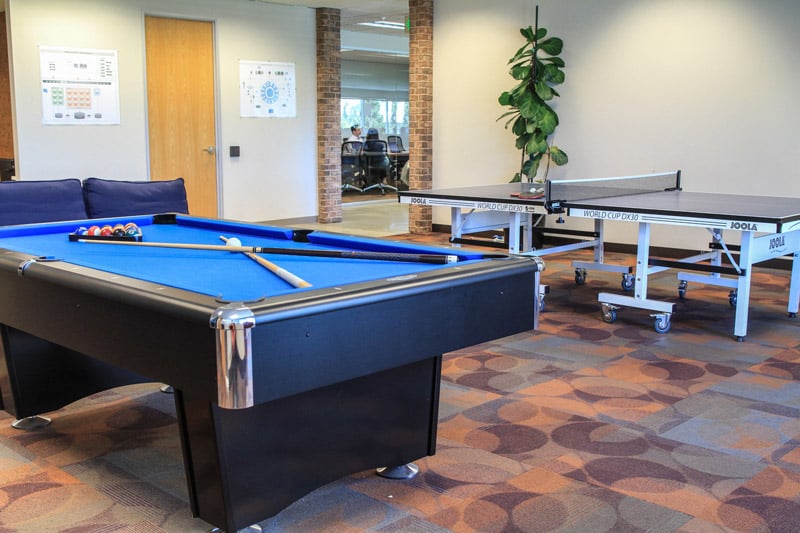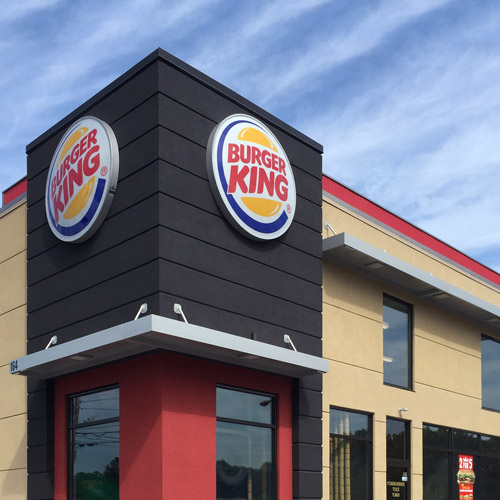Companies throughout silicon Valley saw things stirred up in a major way following an August 2015 story in the New York Times (not to mention the Twitterstorm that followed) that chronicled the workplace culture of Amazon. The paper reported the online retailer pushed programmers and others into long, unhappy hours in its quest to dominate its category.
The reporting, however, failed to account for a very real factor in the IT sector: employees, for the most part, have choices when it comes to where to work. If they don’t like one company, there are many other companies that would compete for their skills. One such company is Accela, Inc., a San Ramon, California-based leader in productivity and engagement software for government agencies.
Still, the same factors that might drive individuals to switch from household-name companies to somewhere that is less recognized means companies such as Accela have to match what Amazon provides in terms of salaries, benefits, and workplace amenities. The competition for talent runs all the way down to how buildings are designed.
“We are tapping from the same pool of people as the Amazons and Facebooks,” says Richard Henson, head global director of facilities and office services for Accela. “They expect more than just a nice break room and kitchen. They want onsite dry cleaning, game rooms, bright colors—no dark woods here—and lots of natural light.”
Accela has found the way to operate at those standards. The company is currently redesigning its physical space to foster maximum productivity in the midst of rapid expansion.
In 2014, the year Henson joined Accela, the company made eight acquisitions of software developers. By early 2015, the government tech contractor received $143.5 million in funding—an historically large capital infusion for the civic tech sector, indicative of Accela’s success in landing close to 1,000 clients. As of 2016, it had a total of $4 million in yearly leased properties in 14 cities that include its East Bay headquarters, a downtown San Francisco executive meeting space, and regional facilities in Portland, Boston, New York City, and Long Island. Perhaps not surprisingly, Henson’s first day on the job involved a construction meeting to discuss an office build-out.
Yet just because the firm is experiencing rapid growth doesn’t mean it’s going about dealing with that growth catch-as-catch-can. This is a company, after all, that creates efficiencies for how governments service their citizens. Accela thinks holistically.
“Moving governments to the next phase of technology—which is what we do—is a true engagement process,” Henson says, drawing a parallel. “My job in infrastructure management looks at every facet of the business, from corporate IT to real estate systems and processes, shipping, and receiving. I have to interact with all phases of the business.”
Which means he’s thinking about those hypermobile employees, who average between three and four years at most jobs. Accela’s offices need to be appealing, he says. “All the bells and whistles have to be there.”
Accela offices are, as Henson describes, “Accelified.” This means he incorporates what’s already present in the acquired space into the Accela design. “There are differences between offices from city to city,” he says. “We try to allow the city to define what it’s about.” The most common elements of each space, Henson says, are polished concrete floors, high-definition televisions, “working scrum areas” that promote collaboration, low cubicle walls, adjustable-height desks, and walls painted lighter shades of blue and orange (tones also used in the company’s online identity).
Career Path
Richard Henson didn’t exactly plan his career in facilities management, but he certainly found an interesting path to where he now manages an operating budget in excess of $25 million.
He started young—while studying at West Coast Bible College and Seminary—when he turned a position as general manager of a Kentucky Fried Chicken into becoming a three-unit franchisee. To find more time to spend with his family, he jumped into real estate with Trammel Crow Company, moving on to similar functions in corporate services with PeopleSoft, Oracle, Taleo Corporation, Check Point Sofware Technologies, and finally, Accela.
In addition to his daily responsibilities, he also finds time to work as a minister and volunteer in poverty alleviation and human rights projects.
Henson employs a process for integrating acquired offices that he considers to be regimented. That’s not to say, however, that it’s the corporate way or the highway.
“We identify the various parties we serve,” he says. “We discuss their goals, history, and culture. We want to know what their ideas are.” He likes accumulating documents from these discussions and writing everything down, including his own recommendations. “Communication between parties takes the most time,” he says, but adds that “all decisions are informed by an accounting of everything.”
Regardless of Accela’s venture capital funding and positive cash flow from client engagements, the company’s approach is to strategically grow its footprint and to spend wisely. “We look for that sweet spot, where we can balance cost against purpose and use,” he says, also noting that he believes it is critical to form cooperative working relationships with leasing brokers and other vendors to achieve that.
Accela’s offices are rarely used for customer meetings, even though the distribution of those locations are intended to create proximity with city and state government centers. The downtown San Francisco location is an exception—it’s used for board meetings and other high-level gatherings—while vendors and job candidates make up the bulk of visitors to the other working locations.
All of which suggests this paradigm shift in facilities management—from a focus on customers to the people who make the product itself, employees, and vendors—is a welcome byproduct of the tech sector. It’s also something that thoughtful space planners and designers can take to heart.
In other words, as Henson says, “a happy employee is a productive employee.”





